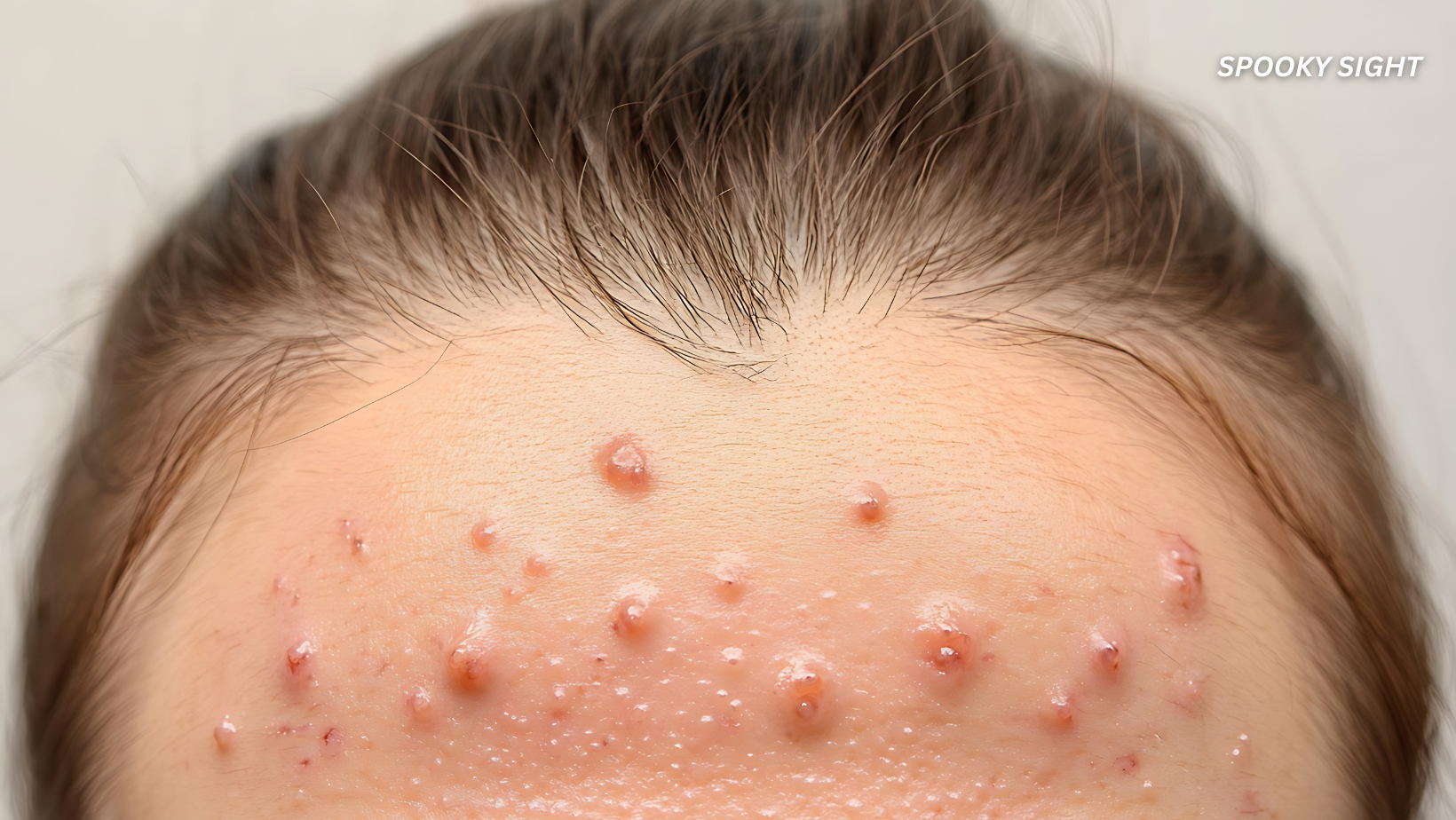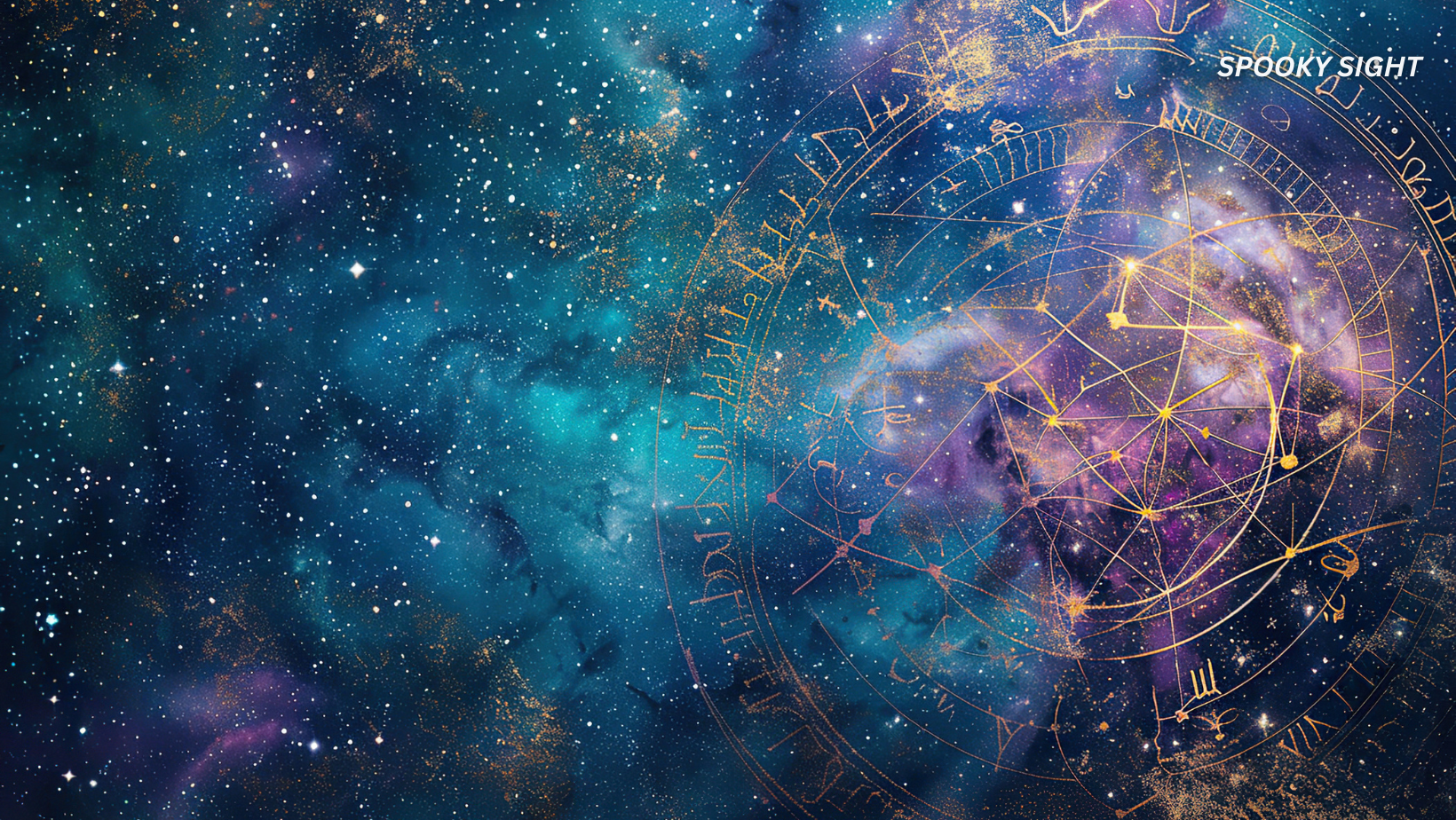At first glance, it looked like a run-of-the-mill pimple. A small, painless bump sitting squarely in the middle of a 31-year-old woman’s forehead. It didn’t itch, didn’t hurt, and didn’t change much—so naturally, she chalked it up to a stubborn blemish and moved on with her life.
But this bump didn’t behave like a normal pimple. Months passed, and it never faded. By December, it turned red and persistent. It didn’t swell or shrink, and it didn’t respond to any skincare routines. That’s when concern finally started to creep in.
When Something Small Becomes a Big Question Mark
Curious (and a bit uneasy), she decided to consult her dermatologist, Dr. Hooman Khorasani, a specialist in dermatologic and cosmetic surgery based in New York City. Upon examining the spot under a microscope, Dr. Khorasani noticed some unusual features—specifically, visible blood vessels beneath the surface, which aren’t typical in standard acne.
Even though her age didn’t put her in the usual risk category for skin cancer, he played it safe and performed a biopsy, sending a small tissue sample to the lab. There was no need to panic just yet—just a wait-and-see situation.
But when the phone call came, things took a serious turn.
Diagnosis: Basal Cell Carcinoma
The moment she picked up the phone, everything changed. What she had brushed off as a harmless skin bump was actually basal cell carcinoma (BCC)—the most frequently diagnosed form of skin cancer. For someone in the beauty marketing industry, used to dealing with appearances on a daily basis, the news felt surreal. This wasn’t just about a cosmetic issue anymore; it was a medical reality that demanded immediate attention. Though the cancer was non-aggressive and slow-growing, hearing the words “skin cancer” felt like a punch to the gut—especially for someone still in their early thirties.
Dr. Khorasani, her dermatologist, broke down the science in simple terms. BCC forms when keratinocytes, the cells found in the outermost layer of the skin, experience DNA damage and begin to grow out of control. While such mutations can happen randomly, most are caused by prolonged exposure to ultraviolet (UV) rays—whether from natural sunlight or artificial sources like tanning beds. Over time, these rays weaken the DNA repair mechanisms in skin cells, making it easier for cancer to develop. Fair-skinned individuals, especially those with a history of sunburns or frequent outdoor exposure, are at significantly higher risk.
Even though her case had been caught early and the prognosis was excellent, the emotional weight was heavy. Cancer—even in its most treatable form—comes with a storm of fears, questions, and life interruptions. Plans would have to change, treatments would need to be scheduled, and healing—both physical and mental—would begin. The word “cancer” didn’t just affect her body; it reshaped her entire perspective on health, beauty, and self-care.
Read more: New Study Suggests Links Neanderthal DNA and Autism in Modern Humans
When Life Plans Get Put on Pause
As if dealing with a health scare wasn’t enough, the diagnosis landed at a particularly hectic time. She had recently gotten married and was excitedly planning a honeymoon trip to Tulum, Mexico. She was also scheduled to attend the Grammy Awards in Los Angeles for work. Both events had to be postponed.
Instead, her focus shifted to a different kind of countdown—preparing for surgery to remove the cancerous spot.
A Scar in the Spotlight
The next step was Mohs surgery, a precise method where thin layers of skin are removed and examined under a microscope until all cancer cells are gone. This careful process helps preserve healthy tissue and minimize scarring.
The procedure took about five hours but was relatively smooth. What followed, however, was the real challenge. For weeks, she had to walk around with white gauze taped to her forehead—a look that raised a lot of eyebrows and questions. She wasn’t always comfortable explaining the story behind it.
Healing Isn’t Just Physical
The journey didn’t end in the operating room. While the cancer was gone, the scar remained. And for someone who works in the beauty industry, a scar in the center of the forehead can feel like a spotlight you didn’t ask for.
To help reduce its appearance, her dermatologist began a series of post-surgical treatments, including:
- Dermabrasion and CO₂ laser resurfacing to smooth out the skin and stimulate collagen.
- Vascular laser therapy to minimize redness.
- Bellafill injections to correct uneven contours caused by the scar.
- Botox to relax the nearby muscles, preventing tension that could stretch the healing tissue.
Read more: New Study Finds Exercise May Help the Brain Let Go Of Traumatic Memories
Recovery had its ups and downs. Some days the scar was red and raw; other days, it was barely noticeable. But thanks to these treatments, the scar is fading more each week.
A Family History of Skin Troubles
Although she had always taken good care of her skin—regular sunscreen use, annual checkups, no tanning beds—her family history painted a different picture. Her mother had developed basal cell carcinoma in her 60s, and her father had dealt with precancerous growths in his 50s. She inherited her dad’s fair skin, which added to her risk.
Even with all her sun-smart habits, the diagnosis still came as a shock. She was decades younger than her parents had been when they first faced similar issues. It was a humbling reminder that skin cancer doesn’t wait for the “right” time—or age.
Skin Protection Gets a Style Upgrade
Since her diagnosis, her relationship with sun protection has evolved. Daily SPF application isn’t just a habit—it’s a ritual. Whether it’s sunny, cloudy, or rainy, sunscreen is part of the routine. And not just any sunscreen—she uses formulas with at least SPF 35, as recommended by her doctor.
She also upped her checkup frequency, now visiting her dermatologist every six months. Once a year, she plans to undergo full-body imaging scans, enhanced by artificial intelligence, to spot suspicious changes before they become serious.
But perhaps the most stylish change of all? She’s become a hat enthusiast. Wide-brimmed hats, baseball caps, even bucket hats—they’ve become both sun shields and fashion statements. During her postponed honeymoon in Tulum, she was often spotted under a cabana or sporting UV-protective swimwear. Gone are the days of sunbathing just for a tan. Now, it’s all about smart sun safety—with flair.
Read more: While Digging Beneath Buddha Statue, Crew Stumbles Upon 1,300-Year-Old Gold Treasure
Sharing Her Story to Help Others
These days, she doesn’t shy away from questions about her scar. If someone is curious, she’s glad to talk. Because if her experience encourages even one person to get a strange spot checked, start wearing sunscreen, or feel less alone in their own diagnosis—that’s worth every awkward moment.
Her journey has been anything but ordinary, but she’s come out stronger, smarter, and slightly more stylish—thanks, in part, to her ever-growing collection of hats. And as her skin continues to heal, she’s committed to keeping herself (and maybe a few others) protected, informed, and inspired.
Featured image: Freepik.









